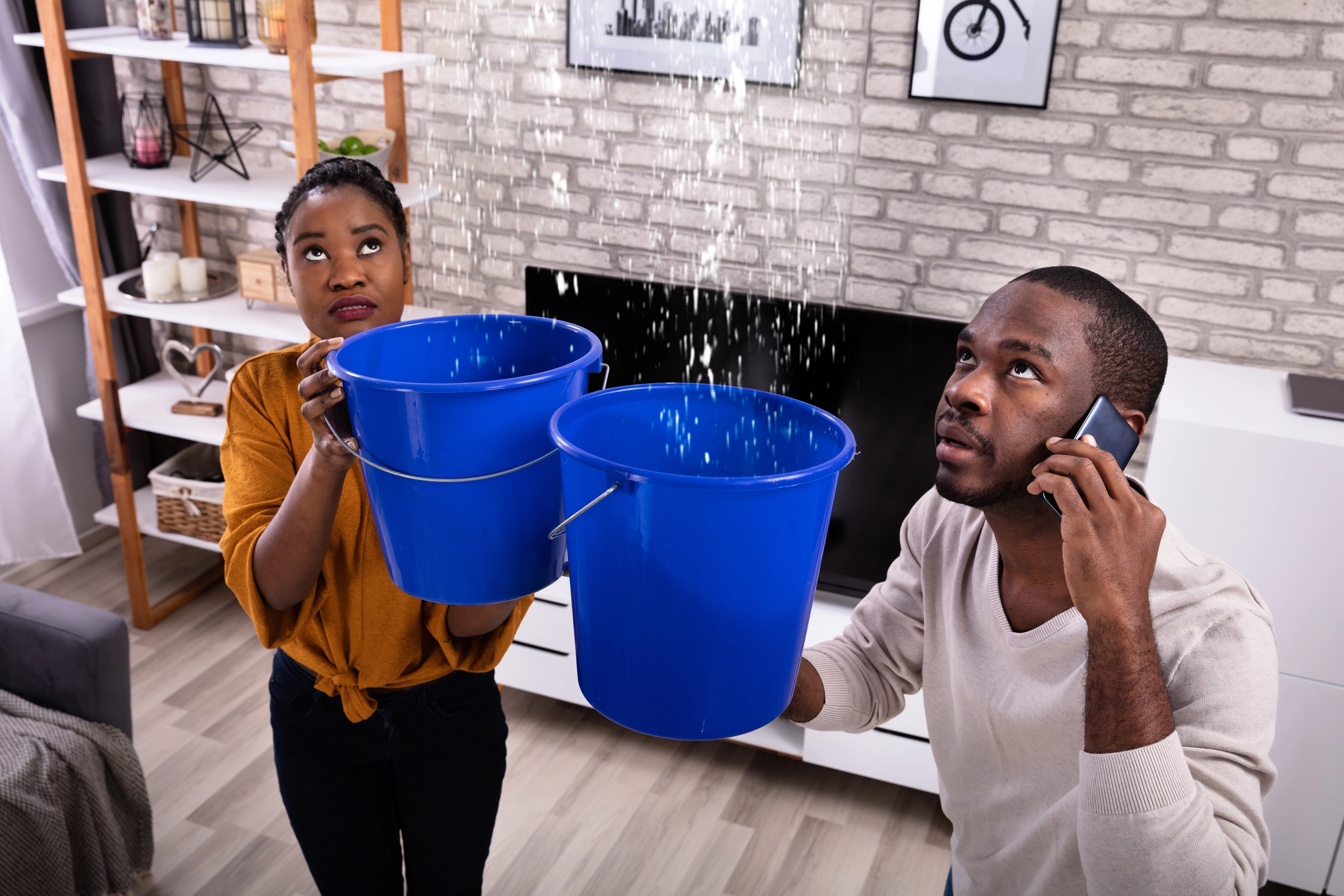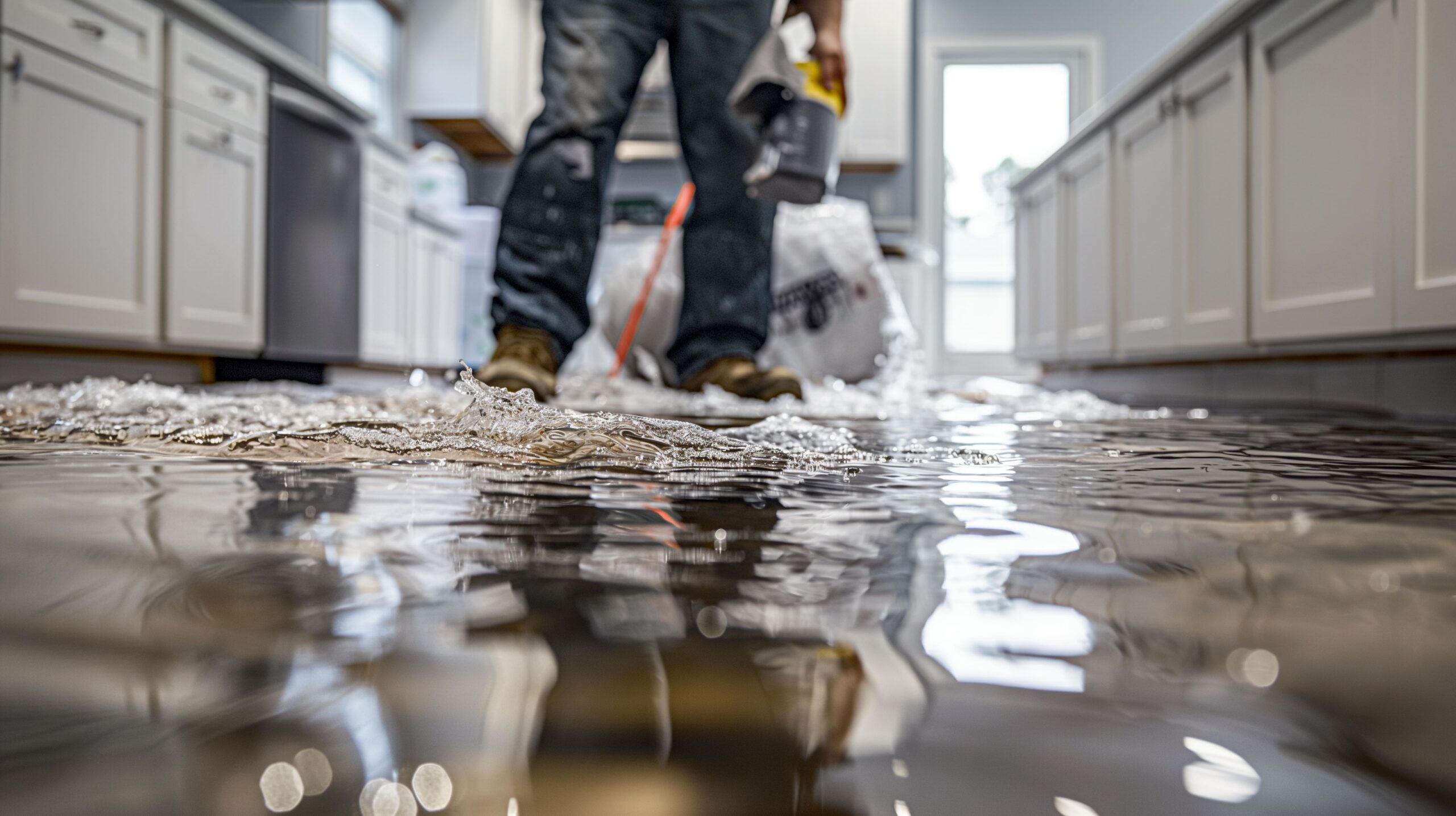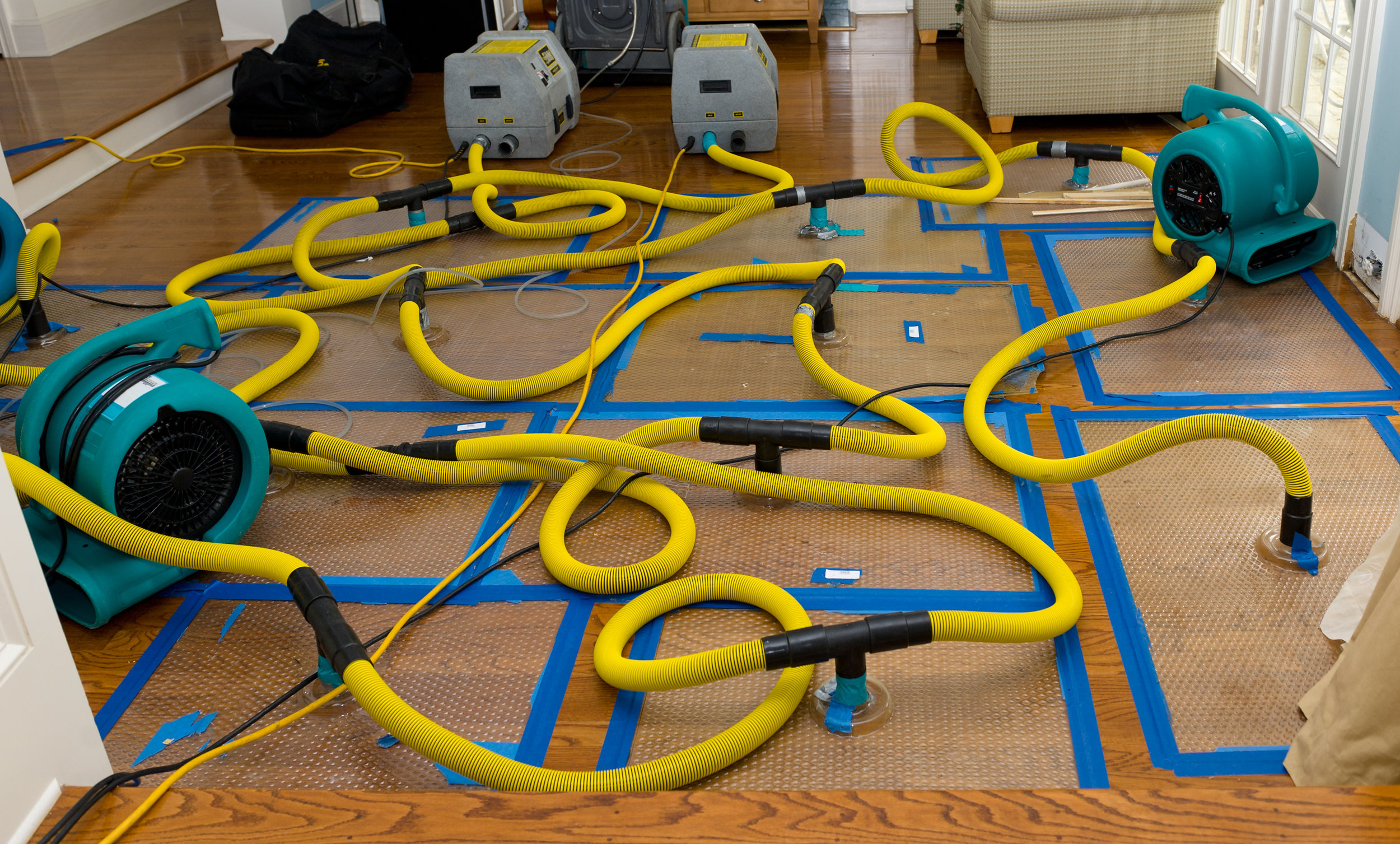How to Prevent Mold Growth After Water Damage Cleanup
Crucial Actions to Follow for Efficient Water Damage Restoration in your house
When confronted with water damage in your house, knowing the essential steps for effective reconstruction can make all the distinction. You need to assess the damages and assurance security prior to dealing with the trouble. Quiting the source of water is important, but it's just the beginning. Once you have actually handled that, there's a collection of actions you should require to safeguard your building from additional concerns. Allow's explore what you must do following.
Analyze the Damages
The very first action is to assess the damage completely when you uncover water damage in your home. Begin by recognizing the resource of the water intrusion. Look for leakages, ruptured pipes, or other problems triggering the issue. Next off, analyze the impacted locations for noticeable signs of damages, consisting of warping, mold and mildew, or discoloration development. Don't fail to remember to search in hidden places like behind walls or under flooring, as water can leak into these areas unnoticed.Document the damages by taking clear photos and notes. This will certainly assist you when discussing the situation with your insurance policy copyright or remediation specialists. Take notice of the kind of materials impacted, as different materials require various reconstruction techniques. Lastly, examine the level of the damages. Is it substantial or small? Understanding the extent will certainly guide you in determining whether to manage it yourself or call the specialists for a more extensive restoration procedure.

Make sure Safety and security
Prior to you begin any remediation work, ensuring your security is necessary. Assess the condition of your home. If the water's deep or if you see electrical dangers, do not go into the area. Shut off the power and gas supply to stop crashes. Put on safety equipment like boots, gloves, and masks to secure on your own from pollutants or mold.It's important to remain conscious of your surroundings; look for slippery surfaces and sharp items. Treat it as unsafe waste if the water is from a sewer backup. Keep pet dogs and kids away from affected locations to prevent exposure.Once you've taken these precautions, you can wage the restoration procedure. Keep in mind, your security comes first, and if you're ever before not sure, it's finest to get in touch with an expert. Taking these steps will certainly assist guarantee you're all set to take on the repair securely and properly.
Quit the Source of Water
After guaranteeing your security, the next action is to stop the resource of water. Determine where the leak is originating from. It might be a burst pipeline, a malfunctioning home appliance, and even hefty rainwater entering with a harmed roof covering. Transform off the primary water supply to your home to protect against further flooding if it's a plumbing concern. For home appliances, disconnect them and shut down their water supply valves.If the source is outside, like rain, try to divert it away from your home making use of sandbags or various other obstacles. For minor leaks, you could be able to utilize tape or a sealant momentarily till a professional can fix it. Keep in mind, resolving the source promptly is necessary to minimizing damages and stopping mold and mildew growth. When you've stopped the water, you'll be in a better position to carry on to the next steps in the remediation process.

Eliminate Excess Water
Act swiftly to eliminate excess water, as standing water can lead to a lot more comprehensive damages and mold development. Collect your devices: a wet/dry vacuum, pails, and towels. You can make use of towels to soak up the moisture if the water is superficial. For much deeper water, a wet/dry vacuum cleaner is your ideal wager. See to it to clear the vacuum often to stay clear of overflow.If the water is polluted, like from a sewage backup, put on protective gear, consisting of masks and handwear covers, to keep yourself risk-free. As soon as you've gotten rid of as much water as possible, look for surprise pockets of moisture in corners and under furnishings, as these can nurture mold.Don' t fail to remember to shut off electric devices and power electrical outlets in wet locations to prevent risks. This initial action is crucial in lessening damages and establishing the phase for an effective restoration process.
Dry and Dehumidify the Area
It's necessary to completely dry and dehumidify the location extensively when you have actually removed the excess water. Start by using dehumidifiers efficiently to pull moisture out of the air and avoid mold growth. Watch on moisture degrees to assure the room dries out totally.
Eliminate Standing Water
To successfully take on water damages, you require to concentrate on getting rid of standing water as quickly as possible. Beginning by collecting essential devices, like a wet/dry vacuum or a pump, depending upon the volume of water. If the water is shallow, a vacuum cleaner must work. For bigger quantities, a pump is a lot more efficient. While working, ensure to wear protective equipment to maintain yourself safe from impurities. As you eliminate the water, take note of hidden locations like under furnishings or in corners where water may accumulate. Your room will begin to dry out as soon as you have actually eliminated the majority. This step is essential, as sticking around water can result in mold and mildew growth and a lot more substantial damage.
Use Dehumidifiers Properly
Exactly how can you effectively make use of dehumidifiers to completely dry and dehumidify your area? Start by positioning your dehumidifier in one of the most affected location, ideally where water damage is most serious. Make certain to shut all doors and windows to produce a closed setting. Turn on the dehumidifier and established it to the ideal humidity level, generally around 30-50%. Empty the water collection tank frequently, or take into consideration making use of a model with a continuous drainage choice for convenience. When possible, use followers to improve airflow, aiding the dehumidifier work much more successfully. Maintain the dehumidifier running till you're confident that the area is thoroughly dried, preventing mold development and additional damages (Water Damage Repair). This action is crucial for reliable water damage reconstruction
Screen Humidity Levels
Monitoring humidity degrees is vital during the drying process, as it aids assure your space remains without excess wetness. Purchase a trustworthy hygrometer to track humidity precisely. Preferably, you intend to maintain levels between 30% and 50%. If moisture analyses increase over this array, you may need to change your dehumidifiers or followers to boost airflow. Examine the readings frequently, especially in locations vulnerable to wetness, like basements or restrooms. Think about raising air flow or making use of extra dehumidifiers if you discover consistent high moisture. Remaining on top of these levels not only speeds up the drying procedure however additionally protects against mold development, ensuring your home stays risk-free and comfy.
Clean and Disinfect Affected Surfaces

Bring back and Fix Your Home
After cleansing and decontaminating the influenced locations, it's time to bring back and fix your home. Begin by reviewing the damages. Look for architectural concerns, like weakened walls or floors, and deal with any type of needed fixings. Replacing harmed drywall or floor covering is essential for both aesthetic appeals and safety.If your furnishings or personal belongings were impacted, consider whether they can be salvaged or require replacement. Tidy or properly restore things where possible.Next, touch and repaint wall surfaces up any kind of locations that require interest. This not just enhances look but additionally protects surfaces from future water damage.Don' t fail to remember to examine your pipes and home appliances for leakages, ensuring every little thing's functioning effectively. Think about installing a dehumidifier to stop future dampness concerns. By taking these steps, you'll recover your home to its former splendor and produce a safer living atmosphere.
Frequently Asked Concerns
For How Long Does Water Damages Reconstruction Usually Take?
Water damages restoration commonly takes anywhere from a few days to several weeks, depending on the degree of the damage (Smoke Damage Restoration). You'll wish to evaluate the circumstance quickly to reduce further issues and ensure appropriate reconstruction
Will My Insurance Cover Water Damage Remediation Prices?
Your insurance policy could cover water damages restoration expenses, get more info yet it depends upon your policy. Inspect your protection details and contact your insurance coverage representative to clarify what's consisted of and what you require to file an insurance claim.
Can I Handle Water Damages Restoration Myself?
You can take care of water damages restoration on your own, yet it's important to examine the scenario initially. You might desire to call professionals if it's substantial. Always focus on safety and guarantee you have actually got the right devices.
What Are the Signs of Hidden Water Damage?
You could discover indicators of covert water damages like distorted wall surfaces, musty smells, or discoloration. If your floorings feel squishy or you place mold, it's time to investigate better prior to the circumstance intensifies.
How Can I Protect Against Future Water Damage in My Home?
To avoid future water damages in your home, you need to routinely examine plumbing, seal fractures, maintain seamless gutters, and assurance correct drain. Setting up a sump pump and wetness barriers can likewise aid keep your room completely dry. When you find water damages in your home, the very first action is to analyze the damages completely. Act rapidly to remove excess water, as standing water can lead to more comprehensive damages and mold and mildew growth. To properly tackle water damage, you require to focus on removing standing water as swiftly as feasible. As you eliminate the water, pay interest to hidden locations like under furnishings or in edges where water may gather. Water damage restoration usually takes anywhere from a couple of days to several weeks, depending on the extent of the damage.